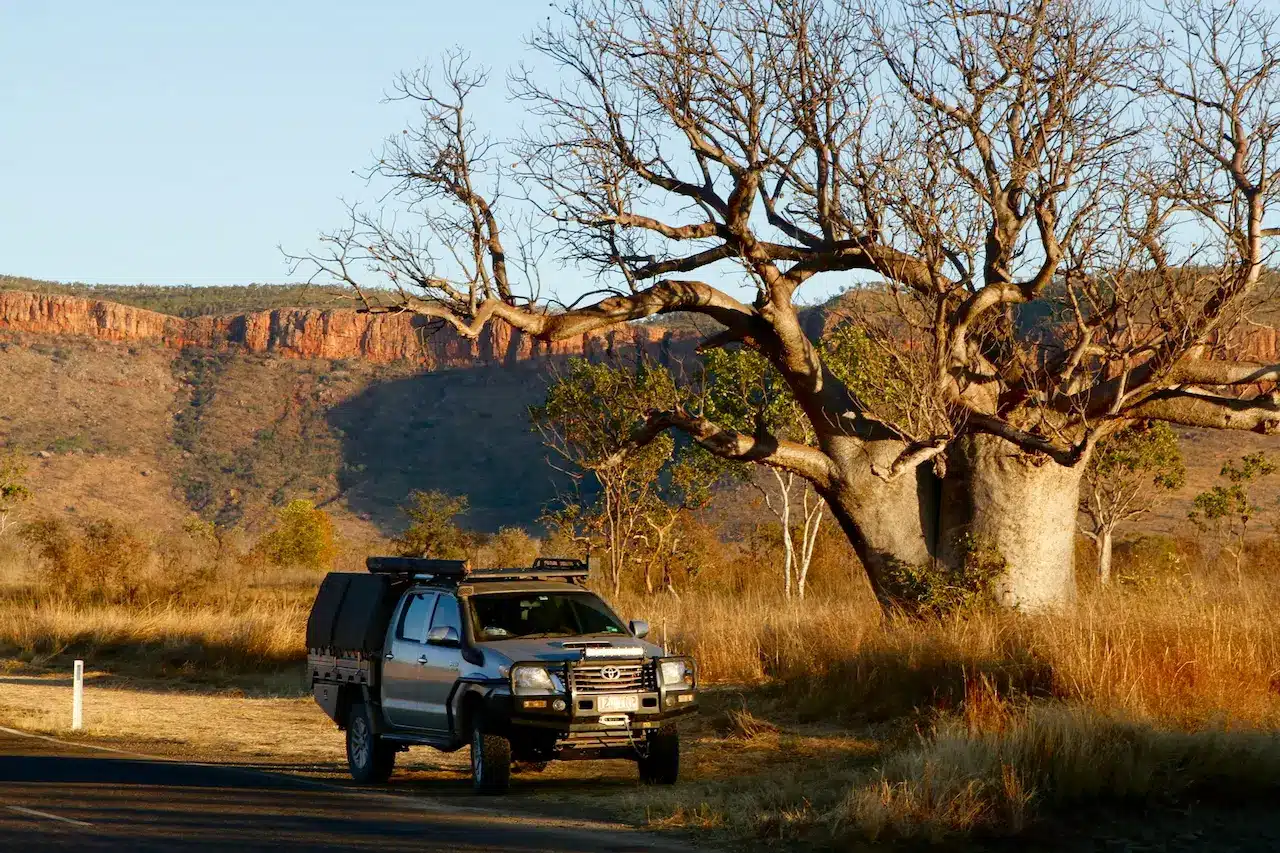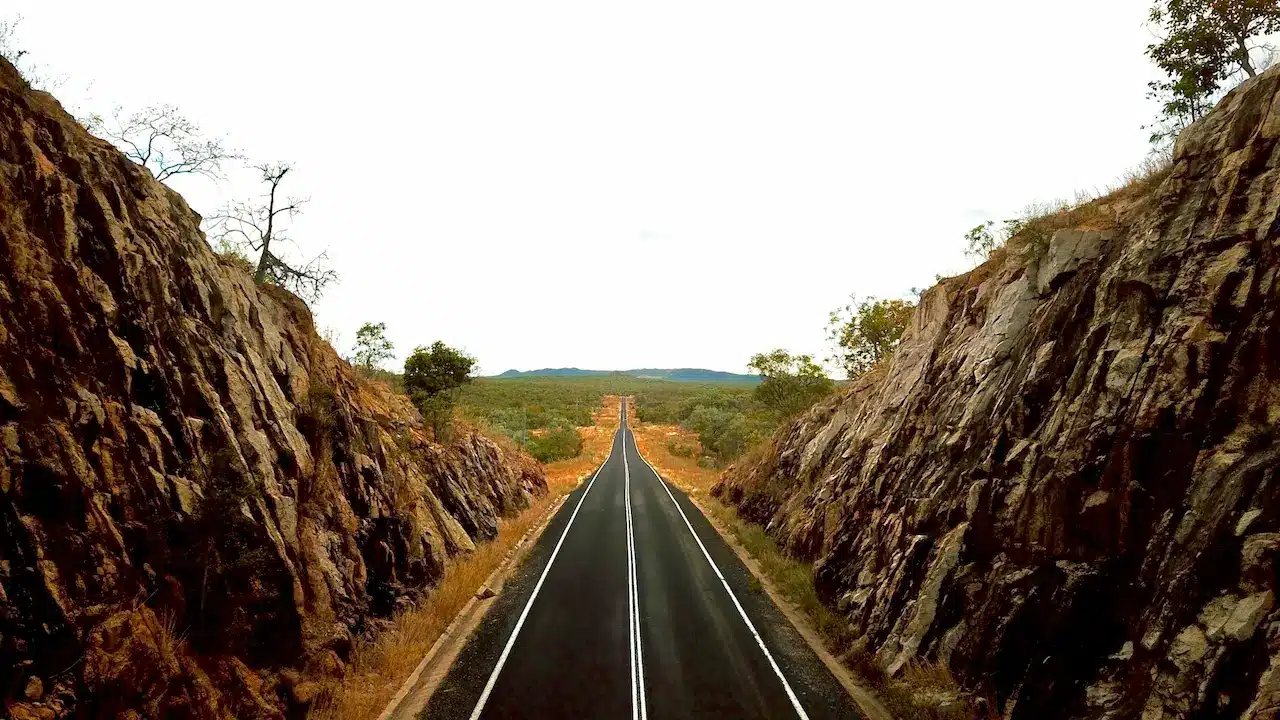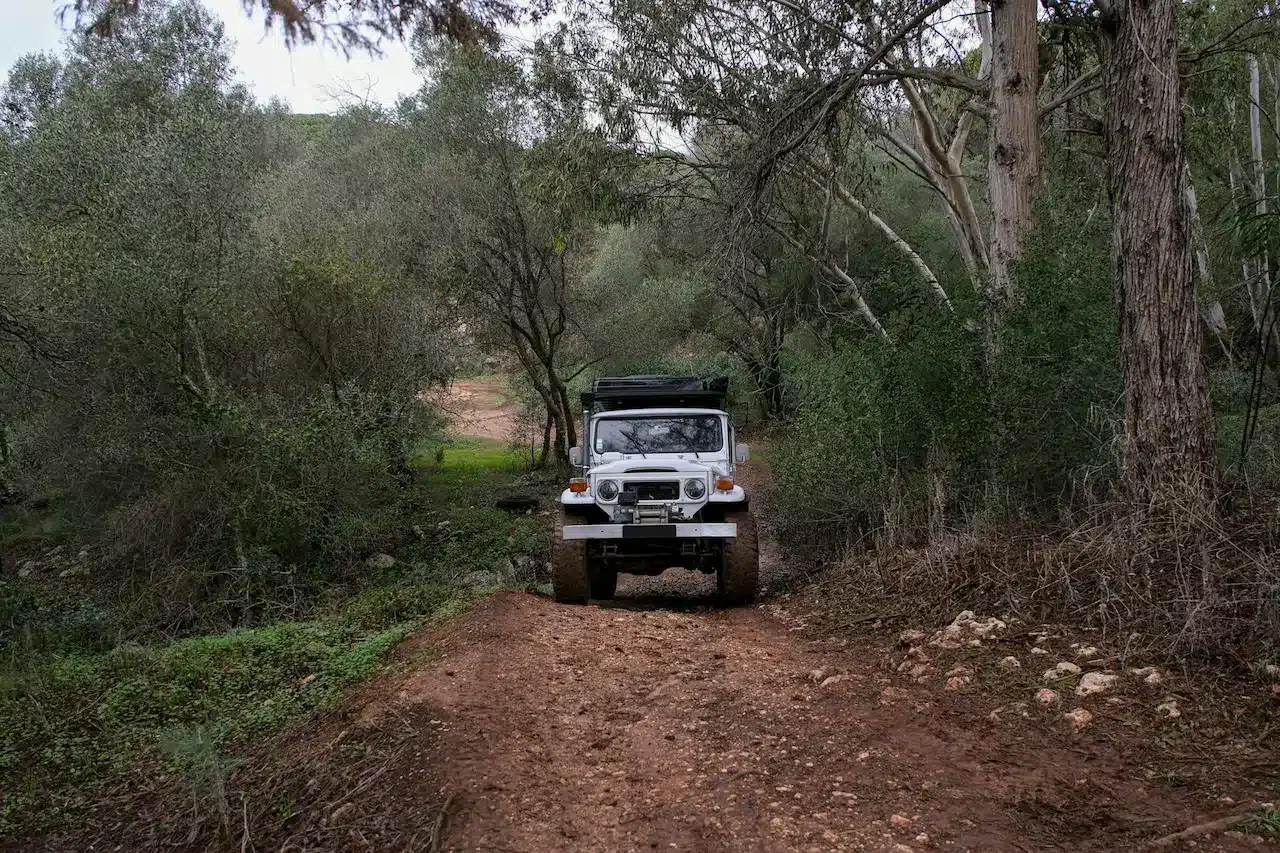The Northern Territory (NT) offers some of Australia’s most breath-taking driving routes, from red desert sands to lush tropical bushland and stunning beaches. However, conditions can be challenging, especially for tourists unfamiliar with the region. Before embarking on your NT adventure, it’s essential to understand local road laws, prepare adequately, and drive safely to ensure an enjoyable journey.
1. Understanding NT Road Laws and Speed Limits
In the NT, road rules are governed by the Traffic Regulations 1999, incorporating the Australian Road Rules. Key points include
-
Driving Side: Always drive on the left-hand side of the road.nt.gov.au
-
Seatbelts: All occupants must wear seatbelts.
-
Speed Limits:
-
Built-up areas: Default speed limit is 60 km/h unless signposted otherwise.
-
Open roads: Default speed limit is 110 km/h unless signposted otherwise.
-
Highways: Some sections of the Stuart, Barkly, Victoria, and Arnhem Highways have a maximum speed limit of 130 km/h.
-
School zones: Typically 40 km/h during school days and hours indicated on signs.
-
Note: The NT previously had open speed limits on certain highways, but as of 2016, these have been replaced with a maximum limit of 130 km/h. webbikeworld.com

2. Preparing for Remote and Long-Distance Travel
The NT’s vast landscapes mean long distances between towns and services. The Stuart Highway runs all the way from South Australia all the way to the NT and has a lot of long and boring roads which can put you to sleep our oversized transport trucks which you must take great care when overtaking. Before setting out:
-
Vehicle Checks: Inspect tyres, headlights, indicators, fluid levels, battery, and windscreen wipers.
-
Supplies: Carry spare tyres, tools, water (4–6 litres per person per day), food, and extra fuel, especially when traveling to remote areas.
-
Communication: Mobile coverage can be limited; consider carrying a satellite phone or personal locator beacon.
-
Permits: Some areas require permits to enter, especially Aboriginal lands. Check requirements before traveling.
3. Navigating Seasonal Weather Conditions
The NT experiences distinct seasons that can impact road conditions:
-
Wet Season (November to April):
-
Heavy rains can lead to flooding and road closures.
-
Always check road conditions before traveling via NT Road Report or call 1800 246 199.
-
Do not attempt to cross flooded roads; fines may apply for traveling on closed roads.
-
-
Dry Season (May to October):
-
Generally more favourable for travel, but temperatures can be extreme during the day and drop significantly at night.
-
4. Managing Driver Fatigue and Rest Stops
Driving long distances can lead to fatigue, a significant factor in road accidents. To stay alert:
-
Rest Breaks: Take a 15-minute break every two hours.
-
Rest Areas: Utilize designated rest stops along highways. Note that some are reserved for heavy vehicles; only use these in emergencies.
-
Stay Hydrated: Drink plenty of water, especially in high temperatures.
-
Share Driving: If possible, alternate drivers to reduce fatigue.

5. Alcohol, Drugs, and Driving
Driving under the influence is a leading cause of fatalities in the NT. In 2024, 75% of road deaths involved alcohol or drugs.
-
Legal Limits:
-
Full licence holders: Maximum Blood Alcohol Concentration (BAC) of 0.05%.
-
Learner and provisional drivers: Zero BAC.
-
-
Penalties: Severe penalties apply for drink or drug driving, including fines, licence suspension, and imprisonment.
-
Random Testing: Police conduct Random Breath Tests (RBTs) and roadside drug tests across the NT.couriermail.com.au
6. Vehicle Rental Considerations
If hiring a vehicle:
-
Licence Requirements:
-
You can drive on a valid overseas licence in the NT for up to three months.
-
If your licence is not in English, carry an International Driving Permit.
-
-
Rental Agreements:
-
Check if there are restrictions on where you can drive the vehicle.
-
Some rental companies may prohibit driving on unsealed roads or require hiring a 4WD for certain areas.
-
-
Insurance: Ensure you have appropriate coverage, especially if planning to drive in remote or off-road areas.
7. Wildlife and Livestock Hazards
Animals can pose risks on NT roads, particularly at dawn, dusk, and night:
-
Wildlife: Kangaroos, wallabies, and other animals may cross roads unexpectedly.
-
Livestock: In rural areas, cattle and other livestock may wander onto roads.
-
Driving Tips:
-
Reduce speed in areas known for animal activity.
-
Use high-beam headlights when safe to do so, but dim them for oncoming traffic.
-

8. Emergency Procedures
In case of a breakdown or emergency
-
Stay with Your Vehicle: It’s easier for rescuers to locate you.
-
Signal for Help: Use hazard lights, warning triangles, or other signals to alert other drivers.
-
Shelter: Seek shade and stay hydrated, especially in extreme heat.
-
Communication: Use a satellite phone or emergency beacon if out of mobile range.
9. Respecting Indigenous Lands and Communities
Many roads in the NT pass through Aboriginal lands:
-
Permits: Some areas require permits to enter. Check with local authorities or the Northern Land Council.
-
Cultural Sensitivity: Respect local customs and traditions. Avoid photographing sacred sites without permission.
10. Final Tips for a Safe Journey
-
Plan Ahead: Research your route, check road conditions, and inform someone of your travel plans.
-
Stay Informed: Monitor weather forecasts and road reports.
-
Drive to Conditions: Adjust your driving based on road, weather, and traffic conditions.
-
Be Patient: Allow extra time for your journey to accommodate rest breaks and unexpected delays.
By understanding and respecting the unique driving conditions of the Northern Territory, you can ensure a safe and memorable adventure.